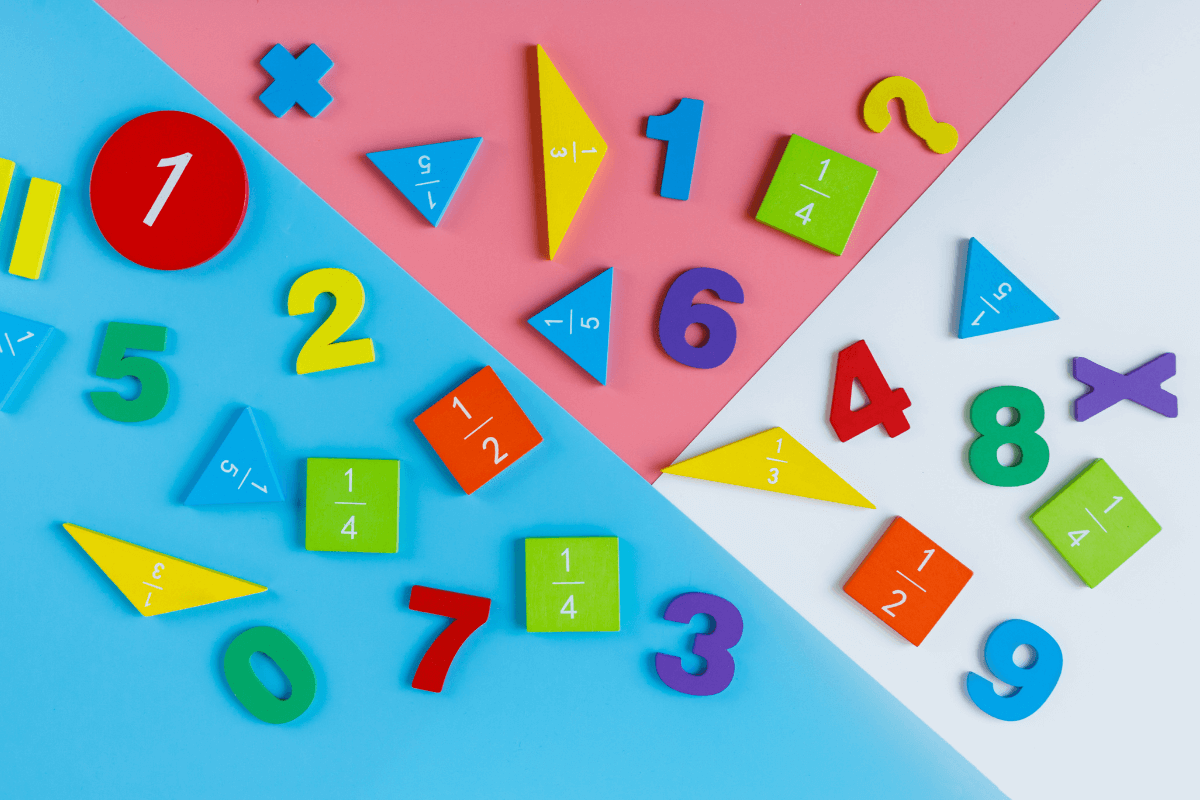Fractions can often be a source of frustration starting in elementary school. Many times this is because children have not previously been taught algorithms and procedures correctly. They may often confuse methods with others they have learned for whole numbers or have simply not practiced fractions enough to understand them fully. This is precisely why […]
Categories
The Meaning Of Fractions


